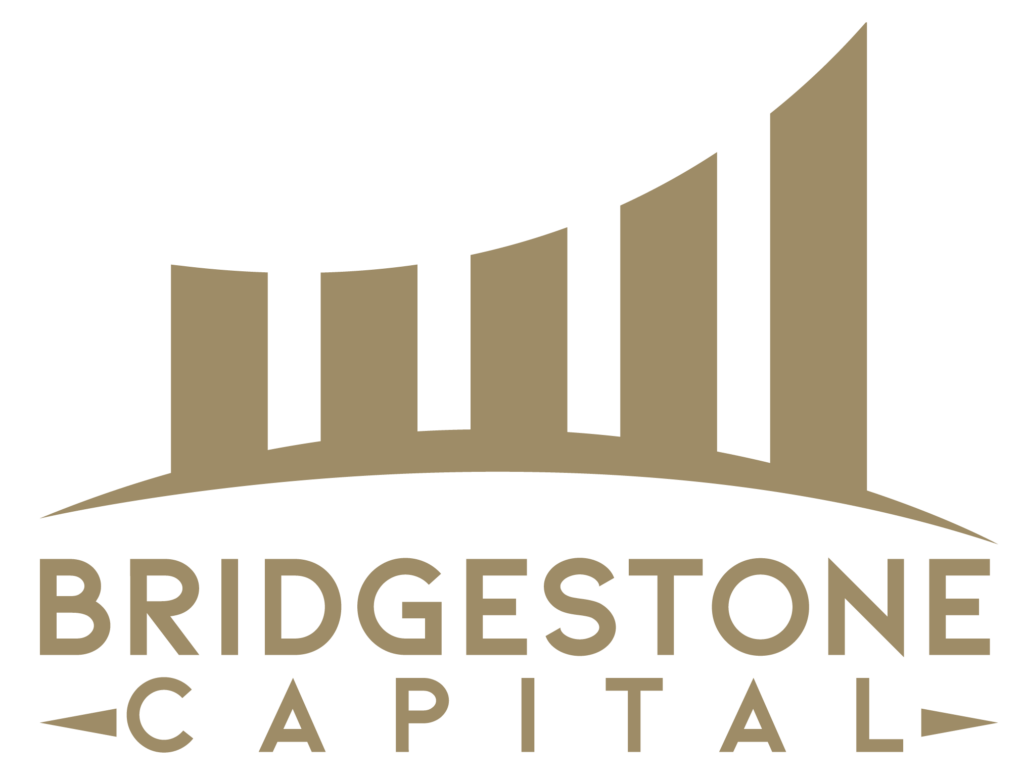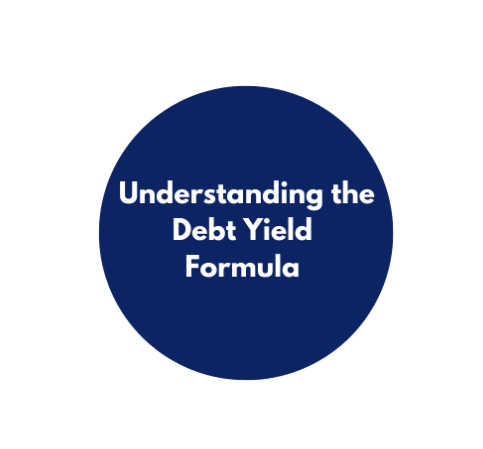Estimated reading time: 9 minutes
In the dynamic realm of real estate investment, understanding various metrics and yield measurements is crucial for gauging risks and potential returns. One such pivotal metric is the Debt Yield, which offers investors and lenders insight into the income-producing capability of an asset relative to the debt placed on it. In essence, it serves as a transparent lens through which the true risk of a loan is scrutinized, thereby playing a monumental role in decisions surrounding commercial real estate loans. This guide aims to delve deep into the intricacies of Debt Yield, exploring its definition, significance, and application in the ever-evolving real estate market.
I. Definition and Importance of Debt Yield:
a. Definition:
Debt Yield is a financial metric extensively used in the realm of commercial real estate to assess the level of risk associated with lending. It is calculated by dividing the property’s Net Operating Income (NOI) by the total loan amount. This ratio provides a clear and direct illustration of the annual return a lender could expect if they were to take ownership of the property, facilitating a comprehensive understanding of the financial risk inherent in lending against a specific property.
Debt Yield=Net Operating Income (NOI)Total Loan AmountDebt Yield=Total Loan AmountNet Operating Income (NOI)
b. Importance in Real Estate:
In the complex landscape of real estate, Debt Yield emerges as a paramount tool, enabling investors and lenders to analyze the income-generating potential and viability of an asset. Unlike other metrics like Loan-to-Value ratio (LTV ratio) and Debt Service Coverage Ratio (DSCR), Debt Yield is independent of capitalization rates, interest rates, and amortization schedules, offering an unbiased, clear-cut perspective of a property’s value and potential returns.
In situations where the property values and market conditions are fluctuating, Debt Yield provides a stable and reliable metric that mirrors the property’s ability to generate income, regardless of external market pressures. It acts as a beacon for lenders to traverse the turbulent seas of market variations and property value fluctuations, assisting them in making informed lending decisions.
c. Risk Assessment:
The utilization of Debt Yield as a risk assessment tool is pivotal for lenders and commercial real estate investors. A higher debt yield indicates lower risk and possibly lower leverage, as it signifies that the property’s NOI is high relative to the loan amount. Conversely, a lower debt yield represents higher risk and potentially higher leverage, denoting that the loan amount is high compared to the property’s NOI.
This clear delineation of risk enables lenders to establish minimum debt yield requirements, thus controlling the maximum loan amount extended. It acts as a protective shield, safeguarding lenders from over-leveraging and borrowers from plunging into the abyss of loan default, especially in uncertain market conditions.
d. Cap Rate vs. Debt Yield:
Cap Rate and Debt Yield are intertwined yet distinct concepts, each offering unique insights into the financial contours of real estate investments. The calculation of Cap Rate involves dividing the NOI by the property’s current market value, focusing on the rate of return on the real estate investment:
Cap Rate=NOICurrent Market ValueCap Rate=Current Market ValueNOI
- Example:Consider a property with an NOI of $100,000 and a market value of $1,000,000. The Cap Rate would be 10%. If the total loan amount on the same property is also $1,000,000, the Debt Yield would also be 10%.
However, the equal Cap Rate and Debt Yield might have different investing outcomes. A 10% Cap Rate might be considered excellent in a market where average Cap Rates are lower, signifying a potential for higher returns. But a 10% Debt Yield might be perceived as risky if the lender’s minimum Debt Yield requirement is higher, reflecting a tighter income-to-debt ratio.
While Cap Rate unveils the potential profitability and market trends of a property, focusing on property values and market conditions, Debt Yield concentrates on the lender’s perspective, unraveling the true risk of a loan. Both are pivotal, serving as the twin pillars that sustain the comprehensive financial analysis, enabling investors and lenders to stride confidently in the multifaceted domain of real estate.
[divi_switch_layout id=”1311″]
Related Article:
What is Equity Multiple in Commercial Real Estate…
What is a Real Estate Equity Waterfall…
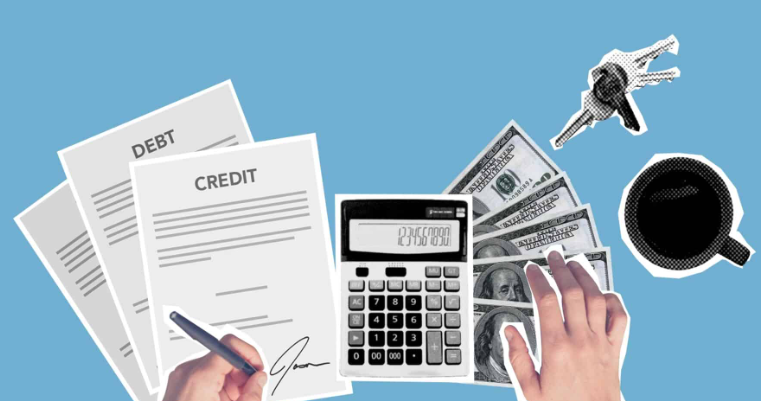
II. Calculating Debt Yield: A Practical Approach:
a. Debt Yield Formula:
The formula to calculate Debt Yield is relatively straightforward:
Debt Yield=Net Operating Income (NOI)Total Loan AmountDebt Yield=Total Loan AmountNet Operating Income (NOI)
In this formula:
- Net Operating Income (NOI): This represents the total income of a property after deducting all operational expenses.
- Total Loan Amount: This is the total amount of the loan in question.
b. Example of Debt Yield Calculation:
Let’s consider a commercial property with an NOI of $150,000 and a requested total loan amount of $1,000,000. Utilizing the debt yield formula:
Debt Yield=$150,000$1,000,000=0.15 or 15%Debt Yield=$1,000,000$150,000=0.15 or 15%
In this scenario, the debt yield is 15%, suggesting that if a lender were to take ownership of the property, they could expect a 15% return on the investment per annum, assuming the property’s net income remains constant.
c. Implications of Debt Yield:
The implications of Debt Yield stretch far beyond a mere percentage. It essentially dictates the course of action for lenders and lays out the financial landscape for borrowers.
- Good Debt Yield Example:Suppose a property has a Debt Yield of 20%. This higher Debt Yield indicates that the property’s Net Operating Income is substantial relative to the loan amount, suggesting a lower risk for lenders. In this scenario, lenders might be more inclined to approve the loan request, possibly even with favorable terms, as the likelihood of the property generating enough income to cover the loan payments is high.
- Low Debt Yield Example: Conversely, a Debt Yield of 8% may raise eyebrows. This lower yield denotes higher risk, implying that the loan amount is high compared to the property’s NOI. Such a scenario might lead to stringent loan terms, higher interest rates, or even loan disapproval, as lenders might perceive the investment as precarious due to the higher leverage and lower income in proportion to debt.
Understanding the profound implications of Debt Yield is indispensable, providing a compass for lenders and borrowers in evaluating the risk and return panorama, thus enabling meticulous, informed decision-making processes in the labyrinth of commercial real estate investments.
d. Cap Rate vs. Debt Yield:
Cap Rate and Debt Yield are intertwined yet distinct concepts, each offering unique insights into the financial contours of real estate investments. The calculation of Cap Rate involves dividing the NOI by the property’s current market value, focusing on the rate of return on the real estate investment:
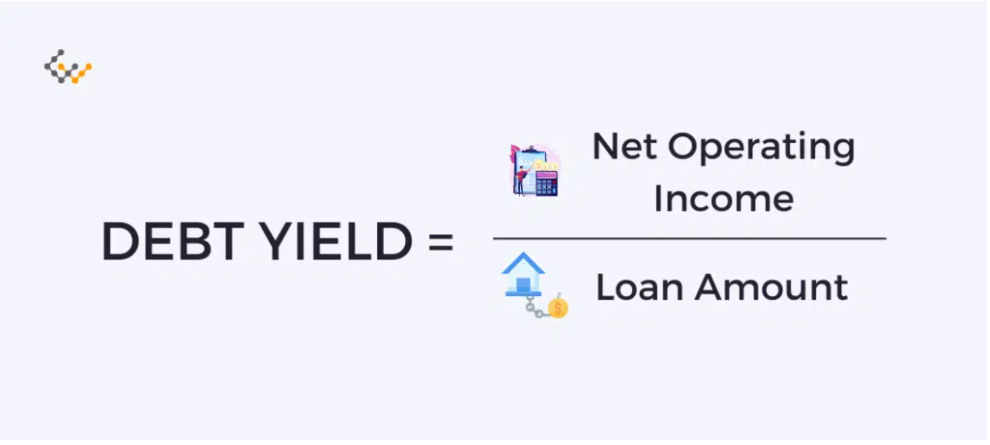
c. Importance of Understanding Both Yields:
Cap Rate=NOICurrent Market ValueCap Rate=Current Market ValueNOI
- Example:Consider a property with an NOI of $100,000 and a market value of $1,000,000. The Cap Rate would be 10%. If the total loan amount on the same property is also $1,000,000, the Debt Yield would also be 10%.
However, the equal Cap Rate and Debt Yield might have different investing outcomes. A 10% Cap Rate might be considered excellent in a market where average Cap Rates are lower, signifying a potential for higher returns. But a 10% Debt Yield might be perceived as risky if the lender’s minimum Debt Yield requirement is higher, reflecting a tighter income-to-debt ratio.
While Cap Rate unveils the potential profitability and market trends of a property, focusing on property values and market conditions, Debt Yield concentrates on the lender’s perspective, unraveling the true risk of a loan. Both are pivotal, serving as the twin pillars that sustain the comprehensive financial analysis, enabling investors and lenders to stride confidently in the multifaceted domain of real estate.
Related Article:
Why Multifamily Investment Makes Sense…
IV. Loan Yield: A Comparative Analysis:
a. Definition of Loan Yield:
Loan Yield refers to the total amount of interest, fees, and charges that a lender earns from a loan, expressed as a percentage of the loan amount. It provides insights into the potential income a lender can expect from a particular loan, factoring in the interest rates, loan term, and other related costs.
b. Comparison with Debt Yield:
While Loan Yield focuses on the lender’s potential income from the loan, Debt Yield concentrates on the lender’s risk associated with the total loan amount, reflecting the property’s ability to cover the debt through its income. Both metrics are crucial, but they illuminate different facets of commercial lending.
Grasping the nuances of both Loan and Debt Yield is crucial for lenders and borrowers to negotiate loan terms effectively. An understanding of Loan Yield helps in anticipating the returns, while a grasp of Debt Yield assists in assessing the inherent risks, allowing for a more balanced and informed approach to commercial real estate loans.
V. The Influence of Different Factors on Debt Yield:
a. Market Conditions:
Prevailing market conditions play a substantial role in determining Debt Yield. In environments with low-interest rates, borrowers might lean towards higher leverage, possibly leading to lower Debt Yields. Such trends can offer lucrative opportunities for property owners seeking commercial loans but can also escalate the risks associated with higher leverages and lower yields.
b. Property Type and Location:
The type and location of the property are also influential. For instance, urban development projects in areas like Los Angeles might have different Debt Yields compared to rural properties due to the variations in property values and market demands.
c. Government Agencies and Regulations:
Entities like the Federal Housing Administration and the Department of Housing play a pivotal role in shaping the landscape of commercial real estate lending. Their regulations and policies can impact Debt Yields by altering lending practices and shaping market dynamics.
VI. Conclusion:
Debt Yield stands as a pivotal metric in the realm of commercial real estate lending, acting as the beacon that guides lenders and borrowers through the intricate pathways of loan negotiations and risk assessments. It goes beyond the surface, delving deep into the financial symphony of properties, unearthing the harmonies and dissonances between income and debt.
Understanding the multi-dimensional aspects of Debt Yield, along with its counterparts like Loan Yield and Cap Rate, is paramount. It empowers stakeholders to make informed decisions, navigate market fluctuations, and realize the true potential and risks of their commercial real estate ventures.
Related Articles:
What is the Three-Second Rule in Negotiation…
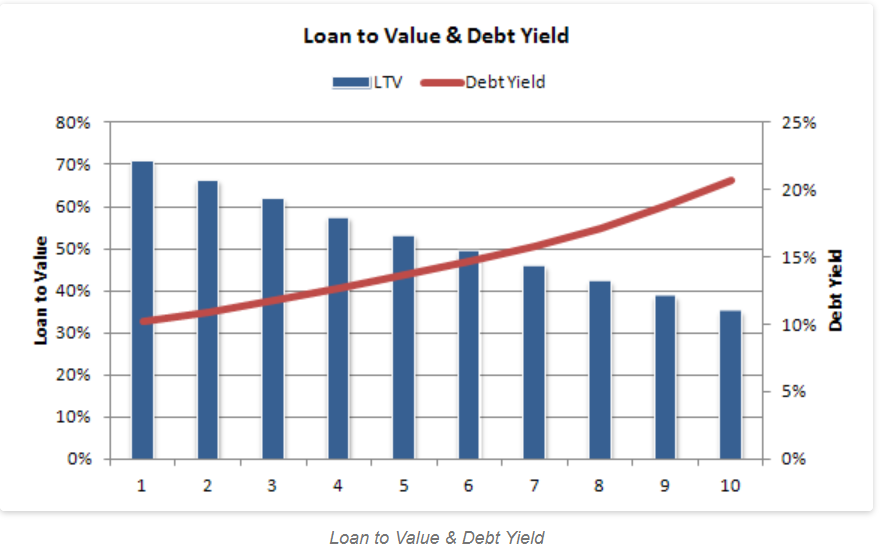

If you want weekly insights on achieving financial independence while working your W2 subscribe!
If you would like more information about passive income ideas please contact me at jeff.davis@bridgestoneinvest.com. We have syndications going on throughout the year.

Always consult with a financial advisor, CPA, or CFP to make sure your financial plans align with your goals, risk tolerance and financial situation.
–
